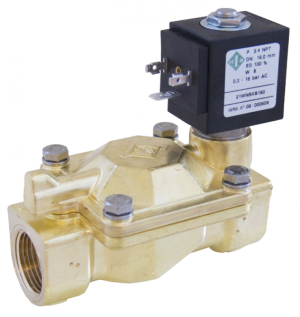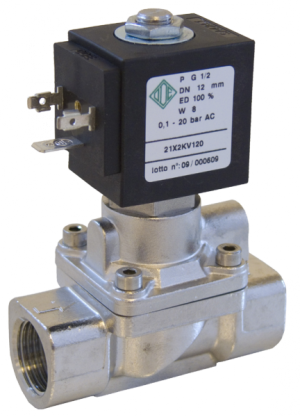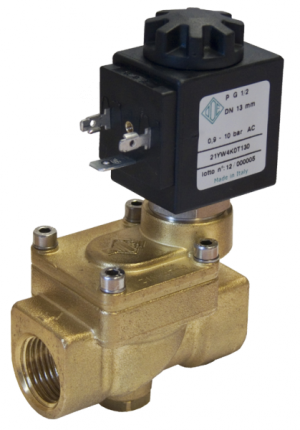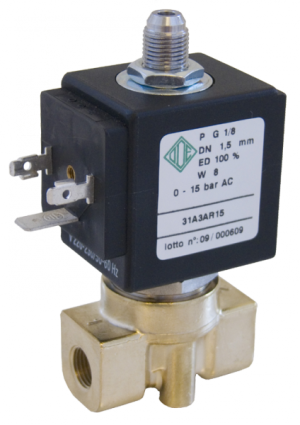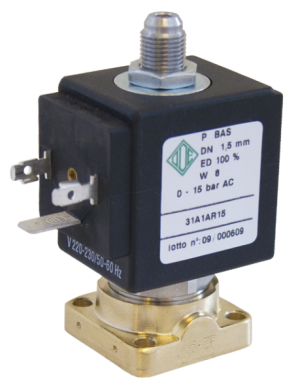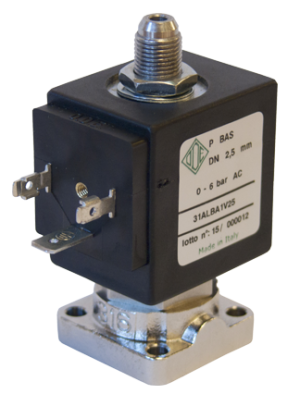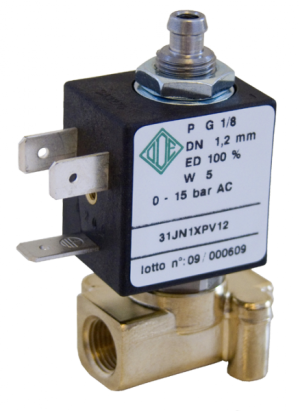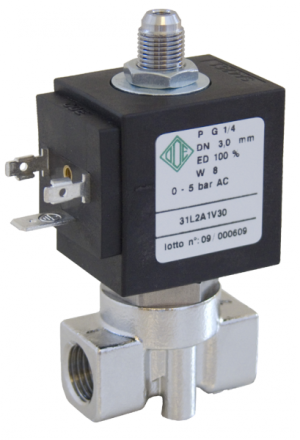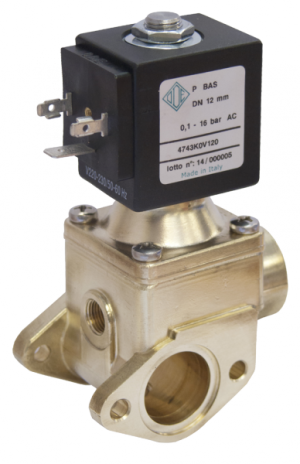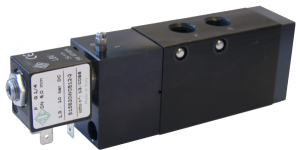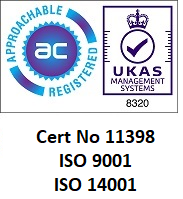- Display 15 Products per page
General Purpose Solenoid Valves FAQs
What is a water solenoid valve?
A water solenoid valve controls the flow of water through pipes using an electromagnet.
How does a water solenoid valve work?
When the water solenoid valve is switched off, the water pipe is closed by a plunger or rod made from ferrous metals such as iron or steel. Within the body of the solenoid, the rod is wrapped in a copper coil. When the system is switched on, an electrical current passes through the coil, creating a magnetic field. The magnetic field moves the rod out of the pipe, opening the way for water to flow through.
How to test a water solenoid valve?
If the water solenoid valve is not operating correctly, such as not opening or closing, leaking, or overheating, these are signs there may be a problem, such as a wiring issue. A water Solenoid valve can be tested with a multimeter by following these steps:
- Set the multimeter to ‘ohms’ (Ω) to test for continuity.
- Touch the multimeter’s black lead to the negative (-) terminal of the solenoid valve, and the red lead to the positive (+) terminal. These will be metal pins or spade connectors used for wiring. If there are 3, the smallest will be used to ground the circuit.
- Connect the solenoid to power source, such as a battery and apply the current. Once the current is flowing through the circuit, you should hear a click of the solenoid valve moving. If you don’t hear this, the solenoid coil isn’t working properly and needs replacing.
- If you did hear the click, then check the continuity reading on the multimeter display. You should have a low ohm reading between 0 and 1. Any other reading indicates that the solenoid needs replacing.
How to repair water solenoid valve?
The parts of a water solenoid valve that may need repairing include:
- Wiring connections
- Plunger seal
- Coil insulation
Can water seep past a solenoid valve?
No. A solenoid valve that is in good condition and working well will create a water-tight seal. If water is seeping past a solenoid valve, check for debris or dirt blocking the valve from closing fully, and investigate whether you need to repair or replace the valve.
Can water solenoid valves be used with air?
Many solenoid valves are general purpose, and can be used with either water or air. If a valve is designed specifically for use with water, it will likely restrict airflow to an extent, but you should check with a solenoid valve supplier.
Do solenoid valves restrict water flow?
Yes, a solenoid valve can be used to restrict or control the flow of water, including hot and cold water and steam. Solenoid valves are also used to control the flow of air, chemical fluids and fuel gasses in many systems.
How to clean a water solenoid valve?
You can easily clean a water solenoid valve by following these simple steps.
- Unscrew the fittings from the solenoid valve, ensuring you keep track of how all parts fit together.
- Use a cotton swab and clean water to clear any debris, rust or dirt from the water intake, around the o-ring gasket and from the magnetic armeture.
- You can take this opportunity to inspec the rubber pad at the end of the plunger. If this is dented or damaged, it may not form a good seal, causing your valve to leak. This part is tricky to replace, and you may need a whole new solenoid valve.

